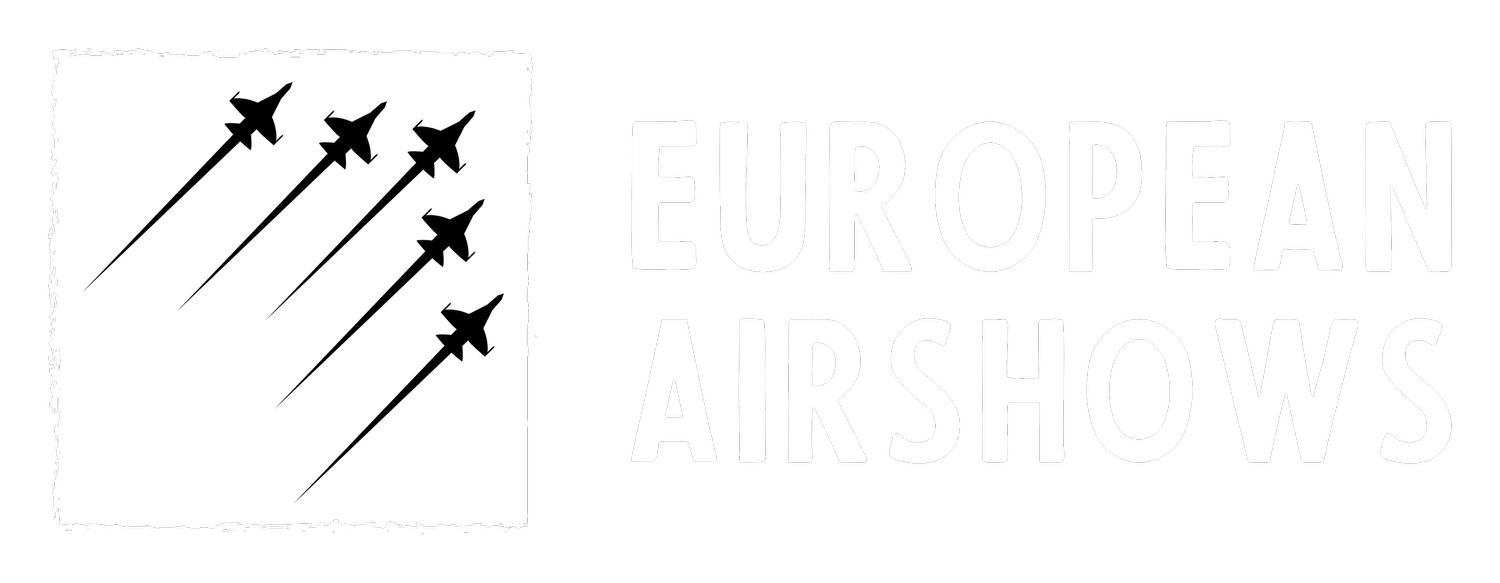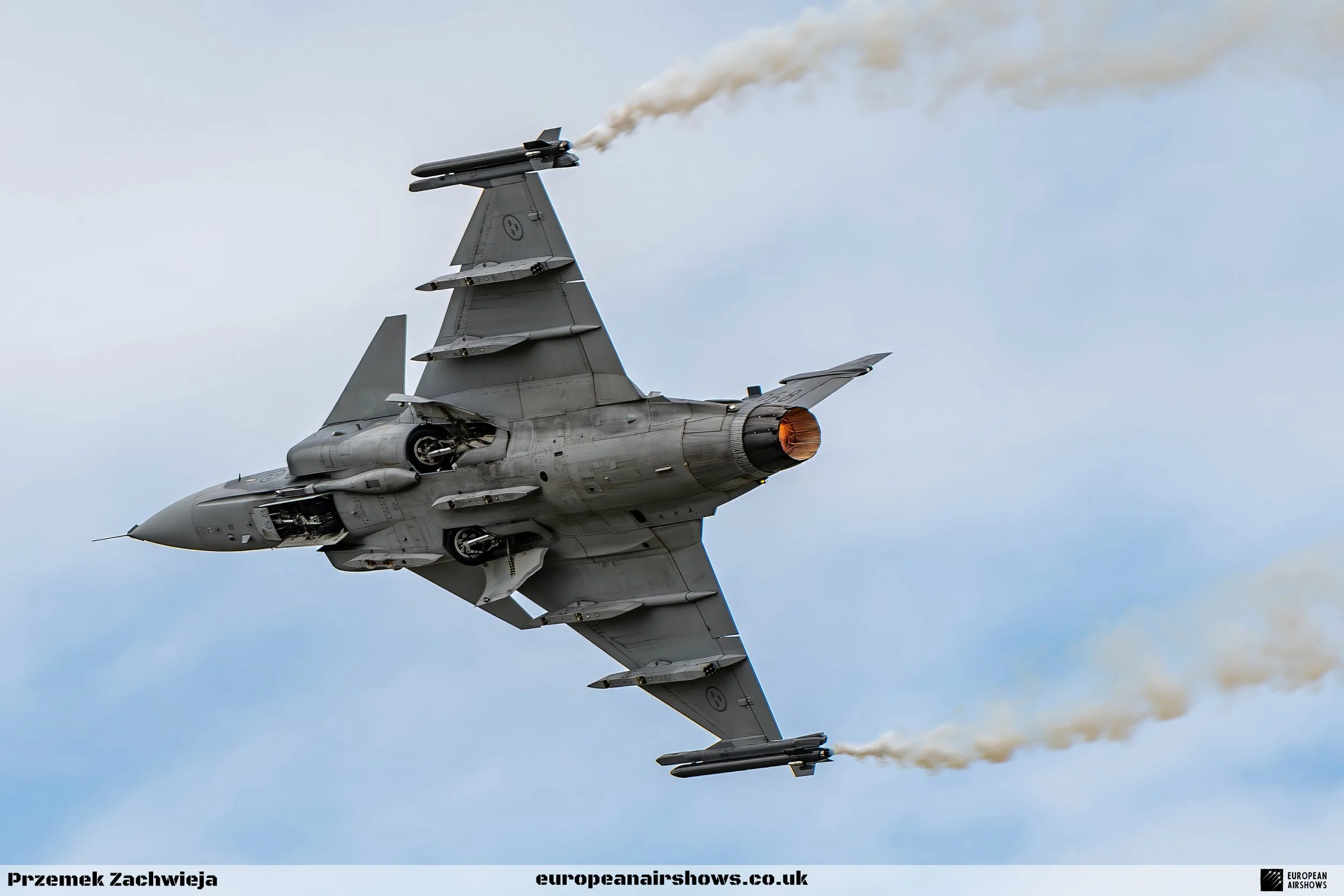
July 1 / Swedish Air Force Founded
Founded 1 July 1926
Swedish Air Force
The history of the Swedish Air Force, known as Flygvapnet, is a compelling narrative that mirrors the broader evolution of Sweden’s military and geopolitical strategies. Established in the early 20th century, the Swedish Air Force has continually adapted to technological advancements and shifting global military paradigms, reflecting Sweden’s commitment to maintaining a robust defence capability.
The origins of the Swedish Air Force can be traced back to 1912 when the Swedish Army and Navy began experimenting with aircraft. The first significant milestone was the establishment of the Army Aviation Corps (Arméflygkompaniet) in 1914, followed by the Navy Aviation Corps (Marinflygskåren) in 1915. These early aviation units operated independently, primarily focusing on reconnaissance and artillery spotting roles. However, the need for a more coordinated and modern air force became evident as aviation technology advanced.
On July 1, 1926, the Swedish Air Force was officially formed as an independent branch of the Swedish Armed Forces. This establishment was part of a broader reorganization aimed at modernizing Sweden’s military capabilities. In its early years, the Swedish Air Force acquired aircraft from various foreign manufacturers, including Germany, France, and the United Kingdom, to build its fleet and enhance its operational capabilities.
During the interwar period, the Swedish Air Force underwent significant expansion and modernization. The 1930s saw the development of domestic aircraft manufacturing capabilities, with companies like Saab (Svenska Aeroplan Aktiebolaget) playing a crucial role. This period marked the introduction of more advanced aircraft, such as the B 3 (Junkers Ju 86) and the J 6 (Hawker Hart). The geopolitical tensions of the 1930s and the looming threat of World War II prompted Sweden to further strengthen its air capabilities. By the outbreak of World War II, the Swedish Air Force had grown considerably, with a fleet that included reconnaissance, fighter, and bomber aircraft.
During World War II, Sweden maintained a policy of neutrality, but the Swedish Air Force played a crucial role in safeguarding the nation’s airspace. This period saw the introduction of several key aircraft, such as the Saab B 17, a versatile bomber and reconnaissance aircraft, and the Saab J 21, a unique twin-boom pusher-prop fighter. Despite its neutrality, Sweden faced several airspace violations and had to navigate complex diplomatic challenges. The Swedish Air Force was on constant alert, conducting air patrols and maintaining readiness to defend against potential incursions.
The end of World War II marked the beginning of a new era for the Swedish Air Force. The onset of the Cold War and Sweden’s proximity to the Soviet Union necessitated a strong and technologically advanced air force. The 1950s and 1960s saw the introduction of jet aircraft, with Saab once again at the forefront of development. Key aircraft from this period include the Saab J 29 Tunnan, the Saab 32 Lansen, and the iconic Saab 35 Draken. These aircraft were characterized by their advanced design and performance, reflecting Sweden’s commitment to maintaining a cutting-edge air force. During this time, the Swedish Air Force also developed a comprehensive air defence network, including radar installations and surface-to-air missile systems.
The latter half of the 20th century continued to see significant advancements in the Swedish Air Force’s capabilities. The 1970s and 1980s introduced the Saab 37 Viggen, a multirole aircraft capable of performing a variety of missions, from air defence to ground attack. The Viggen was notable for its delta wing design and thrust reverser, allowing for short takeoff and landing capabilities. The end of the Cold War brought about new challenges and opportunities. The Swedish Air Force continued to modernize, focusing on interoperability with NATO forces and participating in international peacekeeping missions. The 1990s saw the introduction of the Saab JAS 39 Gripen, a highly versatile and advanced multirole fighter that remains the backbone of the Swedish Air Force today.
In the 21st century, the Swedish Air Force has continued to evolve, embracing new technologies and adapting to the changing security landscape. The Gripen has undergone several upgrades, with the latest variant, the Gripen E, featuring advanced avionics, improved performance, and enhanced combat capabilities. Sweden has also invested in unmanned aerial vehicles (UAVs) and advanced surveillance systems, reflecting the increasing importance of intelligence, surveillance, and reconnaissance (ISR) in modern warfare. The Swedish Air Force participates in international exercises and collaborates with allied nations, reinforcing Sweden’s commitment to collective security and defence.
The history of the Swedish Air Force is a testament to Sweden’s strategic foresight and commitment to maintaining a capable and modern air defence force. From its early days of experimentation to its current status as a technologically advanced and versatile air force, Flygvapnet has played a crucial role in safeguarding Sweden’s sovereignty and contributing to international peace and security. As the global security environment continues to evolve, the Swedish Air Force remains poised to meet new challenges and uphold its proud legacy.
Swedish Air Force Facts
Underground Air Bases: During the Cold War, Sweden developed a series of underground air bases to protect its aircraft from potential Soviet attacks. These bases, known as “Bas 60” and later “Bas 90,” were designed to allow rapid dispersal and rearming of aircraft in the event of an invasion.
Saab 21’s Unique Design: The Saab 21 was one of the few aircraft in the world to feature a pusher propeller configuration, where the propeller is mounted at the rear of the aircraft. This unique design aimed to improve pilot visibility and aircraft performance.
Operation Stella Polaris: In 1944, Sweden secretly received a vast amount of Finnish intelligence material, including codebooks and cryptographic equipment, as part of Operation Stella Polaris. This operation helped Sweden enhance its own intelligence capabilities during and after World War II.
Early Stealth Experiments: Long before the concept of stealth technology became mainstream, Sweden experimented with radar-absorbing materials and designs in the 1950s and 1960s. These early efforts aimed to reduce the radar cross-section of its aircraft, particularly the Saab 35 Draken.
Female Pilots: The Swedish Air Force was one of the first air forces in the world to allow women to become fighter pilots. The first female fighter pilot, Anna Dellham, graduated in 1992, paving the way for greater gender integration within the force.
Cultural Influence on Aircraft Names: Many Swedish aircraft have names inspired by natural phenomena or animals. For example, the Saab 37 Viggen is named after a thunderbolt, and the Saab 39 Gripen is named after a griffin, a mythical creature. This tradition reflects Sweden’s cultural and historical heritage.
Neutrality and Espionage: Despite Sweden’s official policy of neutrality during World War II, the Swedish Air Force engaged in covert intelligence-gathering missions. These missions included photographing German military installations and monitoring Soviet activities in the Baltic region.
The Flygande Tunnan’s Record: The Saab J 29 Tunnan, affectionately known as the “Flying Barrel” due to its distinctive shape, was the first European jet fighter to break the sound barrier in a dive. It achieved this milestone in the early 1950s, showcasing Sweden’s advanced aeronautical engineering capabilities.
Saab 105’s Versatility: The Saab 105 trainer aircraft, introduced in the 1960s, was designed with versatility in mind. It could be quickly reconfigured for different roles, including training, ground attack, reconnaissance, and even as a light bomber. This adaptability made it a valuable asset for the Swedish Air Force.
Civilian Contributions: During the Cold War, Sweden maintained a unique system called “Flygbasjägarna,” which involved civilian volunteers trained to support air force operations in times of crisis. These volunteers were responsible for tasks such as refuelling, rearming, and repairing aircraft at dispersed locations, ensuring the air force’s resilience in the face of potential threats.















